Home>Furniture & Design>Bathroom Accessories>When To Use A Finger Toothbrush For Babies
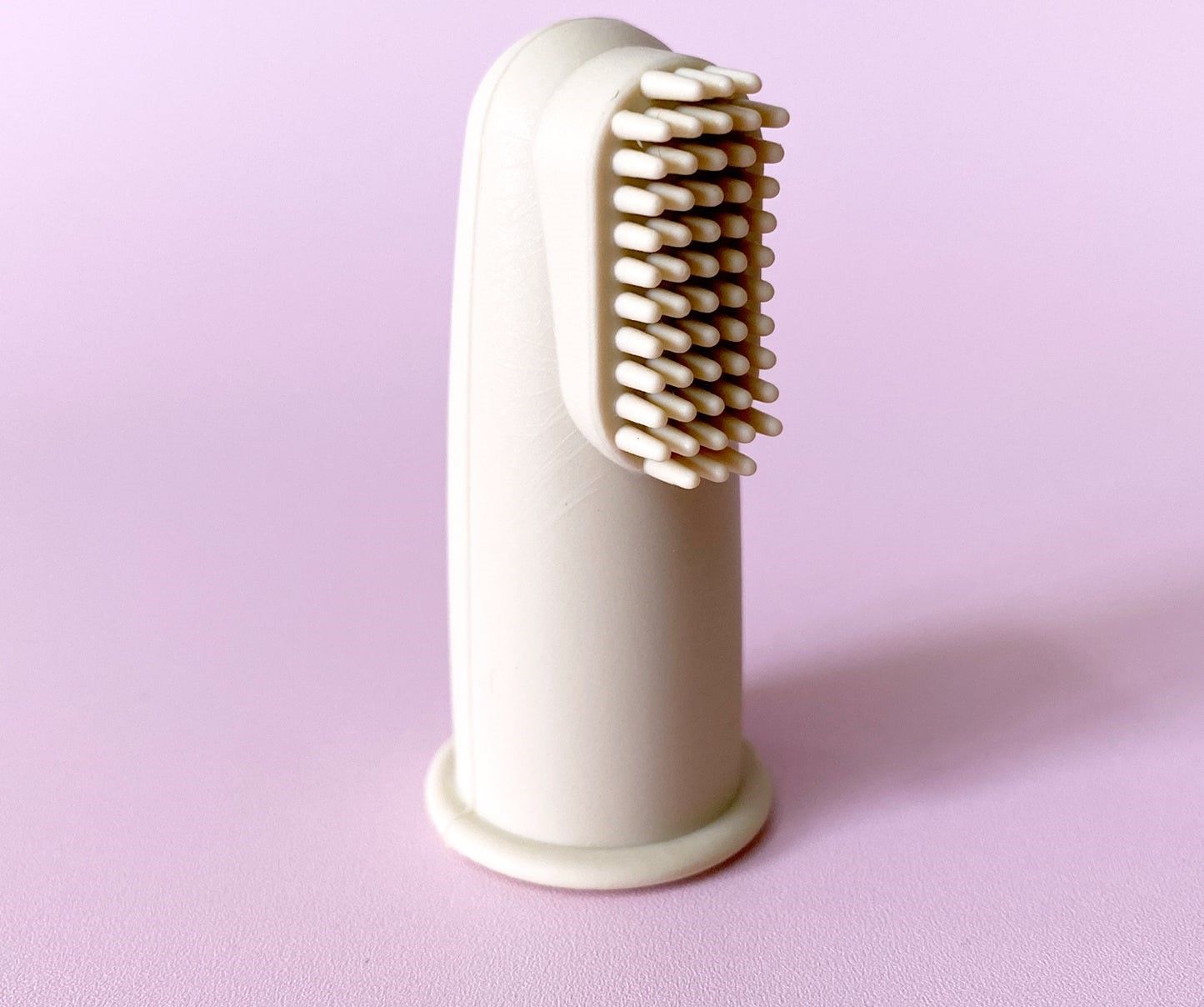

Bathroom Accessories
When To Use A Finger Toothbrush For Babies
Published: February 11, 2024
Discover when and how to use a finger toothbrush for babies to ensure proper oral hygiene. Find the best bathroom accessories for your little one.
(Many of the links in this article redirect to a specific reviewed product. Your purchase of these products through affiliate links helps to generate commission for Storables.com, at no extra cost. Learn more)
Introduction
Introducing good oral hygiene practices to babies is a crucial aspect of their overall health and well-being. As parents, caregivers, or guardians, it is essential to prioritize dental care from an early age to ensure that children develop healthy habits that will benefit them throughout their lives. One of the tools that can aid in this endeavor is the finger toothbrush, a gentle and effective way to clean a baby's gums and emerging teeth.
The finger toothbrush is a soft, silicone brush that fits over an adult's finger, allowing for easy and controlled cleaning of a baby's mouth. It is designed to be gentle on the delicate gums and emerging teeth of infants, making it a suitable option for introducing oral hygiene practices at an early stage.
In this article, we will explore the benefits of using a finger toothbrush for babies, discuss when it is appropriate to start using this tool, provide guidance on how to use it effectively, and offer precautions and tips to ensure a positive experience for both the caregiver and the baby. By understanding the significance of incorporating a finger toothbrush into a baby's oral care routine, caregivers can take proactive steps to promote good dental health from the very beginning.
The journey of introducing a baby to oral hygiene practices can be both rewarding and challenging, but with the right tools and knowledge, caregivers can navigate this process with confidence. Let's delve into the world of finger toothbrushes and discover how they can contribute to the overall well-being of our little ones.
Key Takeaways:
- Start using a finger toothbrush when a baby’s first teeth emerge, around 4 to 7 months. It promotes gentle cleaning, soothes teething discomfort, and fosters a positive attitude towards dental care from an early age.
- Using a finger toothbrush for babies helps establish good oral hygiene habits, prevents plaque buildup, and creates a bonding experience. It’s a gentle and effective tool for nurturing a baby’s dental health.
Read more: When To Start Using A Toothbrush For Babies
Benefits of Using a Finger Toothbrush
Using a finger toothbrush for babies offers a multitude of benefits that contribute to their oral health and overall well-being. Here are some key advantages of incorporating a finger toothbrush into a baby's oral care routine:
-
Gentle Cleaning: The soft silicone bristles of a finger toothbrush provide gentle cleaning for a baby's delicate gums and emerging teeth. This gentle approach helps to maintain oral hygiene without causing discomfort or irritation, making it an ideal tool for introducing babies to the concept of dental care.
-
Promotes Oral Hygiene: Introducing a finger toothbrush at an early stage instills the importance of oral hygiene from the beginning of a baby's dental development. By incorporating this practice into the daily routine, caregivers can establish a foundation for good oral care habits that can last a lifetime.
-
Prevents Buildup of Plaque: Regular use of a finger toothbrush helps to remove milk residue and food particles from the baby's mouth, preventing the buildup of plaque. This proactive approach to oral hygiene can contribute to the prevention of dental issues such as early childhood caries and gum disease.
-
Soothes Teething Discomfort: As babies begin to teethe, they may experience discomfort and tenderness in their gums. Using a finger toothbrush to gently massage the gums can provide relief and comfort, offering a soothing sensation during this developmental stage.
-
Facilitates Bonding: The process of using a finger toothbrush to clean a baby's mouth can be a bonding experience for the caregiver and the baby. It provides an opportunity for positive interaction and nurturing, fostering a sense of trust and security between the caregiver and the child.
-
Promotes Healthy Habits: By incorporating the use of a finger toothbrush into a baby's routine, caregivers can instill healthy habits early on, setting the stage for a lifetime of good oral care practices. This early exposure to dental hygiene can help children grow up with a positive attitude towards maintaining their oral health.
Incorporating a finger toothbrush into a baby's oral care routine offers numerous benefits that contribute to their overall health and well-being. From gentle cleaning and plaque prevention to promoting healthy habits and facilitating bonding, the use of a finger toothbrush plays a significant role in nurturing a baby's dental development.
When to Start Using a Finger Toothbrush
Introducing a finger toothbrush into a baby's oral care routine is a significant step in promoting good dental hygiene from an early age. Caregivers may wonder when the appropriate time is to start using a finger toothbrush for their little ones. While every baby's development is unique, there are general guidelines to consider when determining the right time to incorporate this tool into their oral care regimen.
Typically, the ideal time to start using a finger toothbrush is when the baby's first teeth begin to emerge. This stage, known as teething, usually occurs between the ages of 4 to 7 months, although the timing can vary for each child. As the baby's teeth start to break through the gums, it becomes essential to maintain proper oral hygiene to prevent the buildup of plaque and ensure the health of the emerging teeth.
The emergence of the first teeth marks an opportune moment to introduce the finger toothbrush as a gentle and effective tool for cleaning and massaging the baby's gums and teeth. Even before the appearance of the first tooth, caregivers can use the finger toothbrush to gently clean the baby's gums, preparing them for the arrival of new teeth and familiarizing the baby with the sensation of oral care.
It is important to note that the decision to start using a finger toothbrush should also consider the baby's readiness and comfort level. Caregivers should observe the baby's cues and responses during oral care activities to gauge their readiness for the introduction of the finger toothbrush. Additionally, consulting with a pediatric dentist or healthcare professional can provide valuable guidance on the appropriate timing for incorporating this tool into the baby's oral care routine.
By starting to use a finger toothbrush at the right time, caregivers can establish a proactive approach to oral hygiene and set the stage for a lifetime of good dental habits. The early introduction of this tool not only promotes the baby's oral health but also fosters a positive attitude towards dental care, laying the foundation for a lifetime of healthy smiles.
In summary, the emergence of the baby's first teeth marks an opportune time to start using a finger toothbrush, with consideration given to the baby's individual development and comfort. By introducing this tool at the appropriate stage, caregivers can play a proactive role in nurturing the baby's oral health and well-being.
How to Use a Finger Toothbrush
Using a finger toothbrush to clean a baby's mouth requires gentle and deliberate actions to ensure effective cleaning while prioritizing the baby's comfort. Here's a step-by-step guide on how to use a finger toothbrush effectively:
-
Prepare the Environment: Choose a comfortable and well-lit area for the oral care routine. It's essential to create a calm and soothing atmosphere to help the baby feel relaxed during the process.
-
Wash Hands: Before beginning, thoroughly wash your hands to ensure that they are clean and free from any potential contaminants. This step is crucial to maintain hygiene during the oral care activity.
-
Fit the Finger Toothbrush: Gently slide the finger toothbrush over your index finger, ensuring a snug and secure fit. The soft silicone bristles should be positioned on the pad of your finger, ready for gentle cleaning.
-
Position the Baby: Hold the baby securely in a comfortable position, such as cradling them in your arms or laying them on a soft surface. Ensuring the baby feels safe and supported is essential for a positive experience.
-
Gently Clean the Gums: With the finger toothbrush in place, use gentle circular motions to clean the baby's gums. Start at the front of the mouth and work towards the back, ensuring that all areas are gently brushed to remove any residue.
-
Clean Emerging Teeth: If the baby has emerging teeth, carefully brush them with the finger toothbrush using light pressure. Pay attention to the front, back, and chewing surfaces of the teeth to ensure thorough cleaning.
-
Rinse and Dry: After cleaning the baby's mouth, rinse the finger toothbrush thoroughly with water and allow it to air dry. Proper cleaning and drying of the finger toothbrush help maintain its hygiene for future use.
-
Positive Reinforcement: Throughout the process, provide positive reinforcement and soothing words to comfort the baby. This positive interaction helps create a nurturing and supportive environment during oral care activities.
-
Consistency and Routine: Incorporate the use of the finger toothbrush into the baby's daily routine to establish a consistent oral care regimen. Consistency is key to reinforcing the importance of dental hygiene from an early age.
By following these steps, caregivers can effectively use a finger toothbrush to clean a baby's mouth, promoting good oral hygiene practices while fostering a positive and nurturing experience for both the caregiver and the baby. This gentle approach to oral care helps instill healthy habits and contributes to the overall well-being of the baby.
When your baby’s first tooth appears, start using a finger toothbrush to gently clean their teeth and gums. This can help prevent tooth decay and establish good oral hygiene habits.
Precautions and Tips for Using a Finger Toothbrush
When using a finger toothbrush for babies, it is essential to observe certain precautions and implement helpful tips to ensure a safe and effective oral care experience. Here are valuable precautions and tips to consider when incorporating a finger toothbrush into a baby's oral hygiene routine:
Read more: When To Use A Humidifier For Baby
Precautions:
-
Supervision: Always use the finger toothbrush under adult supervision. This ensures that the cleaning process is carried out with care and attention, minimizing the risk of accidental discomfort or injury to the baby.
-
Proper Fit: Ensure that the finger toothbrush fits snugly on the adult's finger to prevent any risk of it coming loose and becoming a choking hazard for the baby.
-
Hygiene: Prioritize hygiene by thoroughly washing the finger toothbrush before and after each use. This helps prevent the accumulation of bacteria and maintains a clean environment for the baby's oral care.
-
Gentle Pressure: Apply gentle pressure when using the finger toothbrush to clean the baby's gums and emerging teeth. Avoid excessive force to prevent any potential discomfort or irritation.
-
Regular Inspection: Periodically inspect the finger toothbrush for any signs of wear and tear. If the bristles show signs of damage or wear, replace the finger toothbrush to ensure optimal cleaning effectiveness.
Tips:
-
Establish Routine: Incorporate the use of the finger toothbrush into the baby's daily routine to establish a consistent oral care habit. Consistency plays a crucial role in reinforcing the importance of dental hygiene from an early age.
-
Positive Reinforcement: Provide positive reinforcement and soothing words during the oral care process to create a nurturing and supportive environment. This helps the baby associate oral care with comfort and positivity.
-
Teething Relief: For babies experiencing teething discomfort, gently massaging the gums with the finger toothbrush can provide soothing relief. The soft bristles offer a gentle massage that may alleviate teething-related discomfort.
-
Educate Caregivers: Educate caregivers, including parents, family members, and childcare providers, on the proper use of the finger toothbrush. Sharing knowledge about oral care practices ensures that everyone involved in the baby's care can contribute to their dental well-being.
-
Regular Dental Check-ups: Schedule regular dental check-ups for the baby to monitor their oral health and receive professional guidance on oral care practices. A pediatric dentist can offer valuable insights and recommendations tailored to the baby's specific dental needs.
By adhering to these precautions and implementing the suggested tips, caregivers can ensure a safe, nurturing, and effective experience when using a finger toothbrush for a baby's oral care. These measures contribute to the promotion of good oral hygiene practices and the overall well-being of the baby, laying the foundation for a lifetime of healthy smiles.
Conclusion
In conclusion, the incorporation of a finger toothbrush into a baby's oral care routine holds significant value in nurturing their dental health from an early age. By understanding the benefits, appropriate timing, effective usage, and essential precautions associated with using a finger toothbrush, caregivers can proactively contribute to the overall well-being of the baby.
The gentle cleaning provided by the soft silicone bristles of a finger toothbrush promotes oral hygiene, prevents the buildup of plaque, and soothes teething discomfort, offering a range of benefits that contribute to the baby's oral health. Furthermore, the introduction of a finger toothbrush at the appropriate stage fosters healthy habits, facilitates bonding, and establishes a positive attitude towards dental care, laying the groundwork for a lifetime of good oral hygiene practices.
Determining the right time to start using a finger toothbrush, typically when the baby's first teeth begin to emerge, aligns with the natural progression of dental development and ensures that proper oral care practices are established early on. By observing the baby's cues and readiness, caregivers can introduce the finger toothbrush in a manner that is comfortable and supportive, setting the stage for a positive oral care experience.
The step-by-step guide on how to use a finger toothbrush effectively emphasizes the importance of creating a calm and soothing environment, maintaining hygiene, and providing positive reinforcement throughout the process. Consistency in incorporating the finger toothbrush into the baby's daily routine further reinforces the significance of oral hygiene practices and contributes to the establishment of a lifelong habit of caring for one's oral health.
Additionally, observing precautions such as supervision, ensuring a proper fit, prioritizing hygiene, and applying gentle pressure, along with implementing helpful tips such as positive reinforcement, teething relief, and educating caregivers, ensures a safe, nurturing, and effective experience when using a finger toothbrush for a baby's oral care.
In essence, the journey of introducing a baby to oral hygiene practices through the use of a finger toothbrush is a meaningful and impactful endeavor. By embracing the benefits, understanding the appropriate timing, mastering effective usage, and adhering to essential precautions and tips, caregivers can play a proactive role in nurturing the baby's dental health, fostering a positive attitude towards oral care, and laying the foundation for a lifetime of healthy smiles.
Frequently Asked Questions about When To Use A Finger Toothbrush For Babies
Was this page helpful?
At Storables.com, we guarantee accurate and reliable information. Our content, validated by Expert Board Contributors, is crafted following stringent Editorial Policies. We're committed to providing you with well-researched, expert-backed insights for all your informational needs.
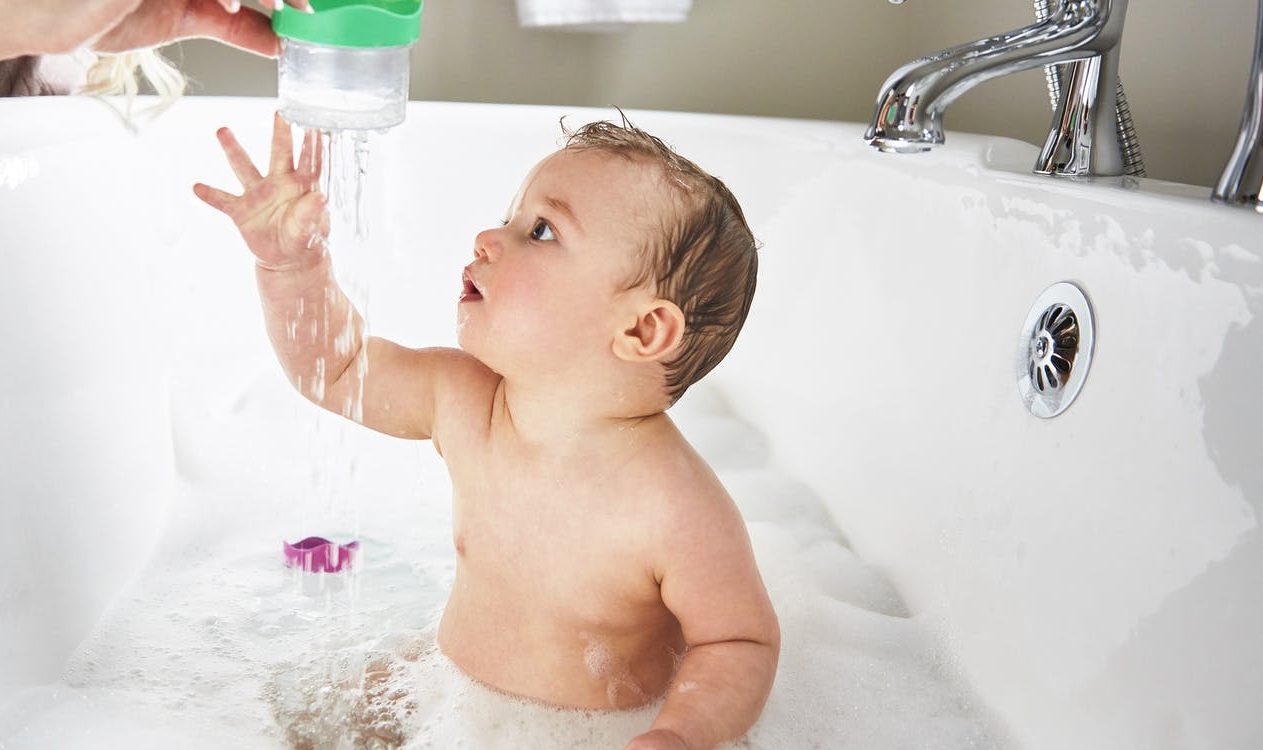

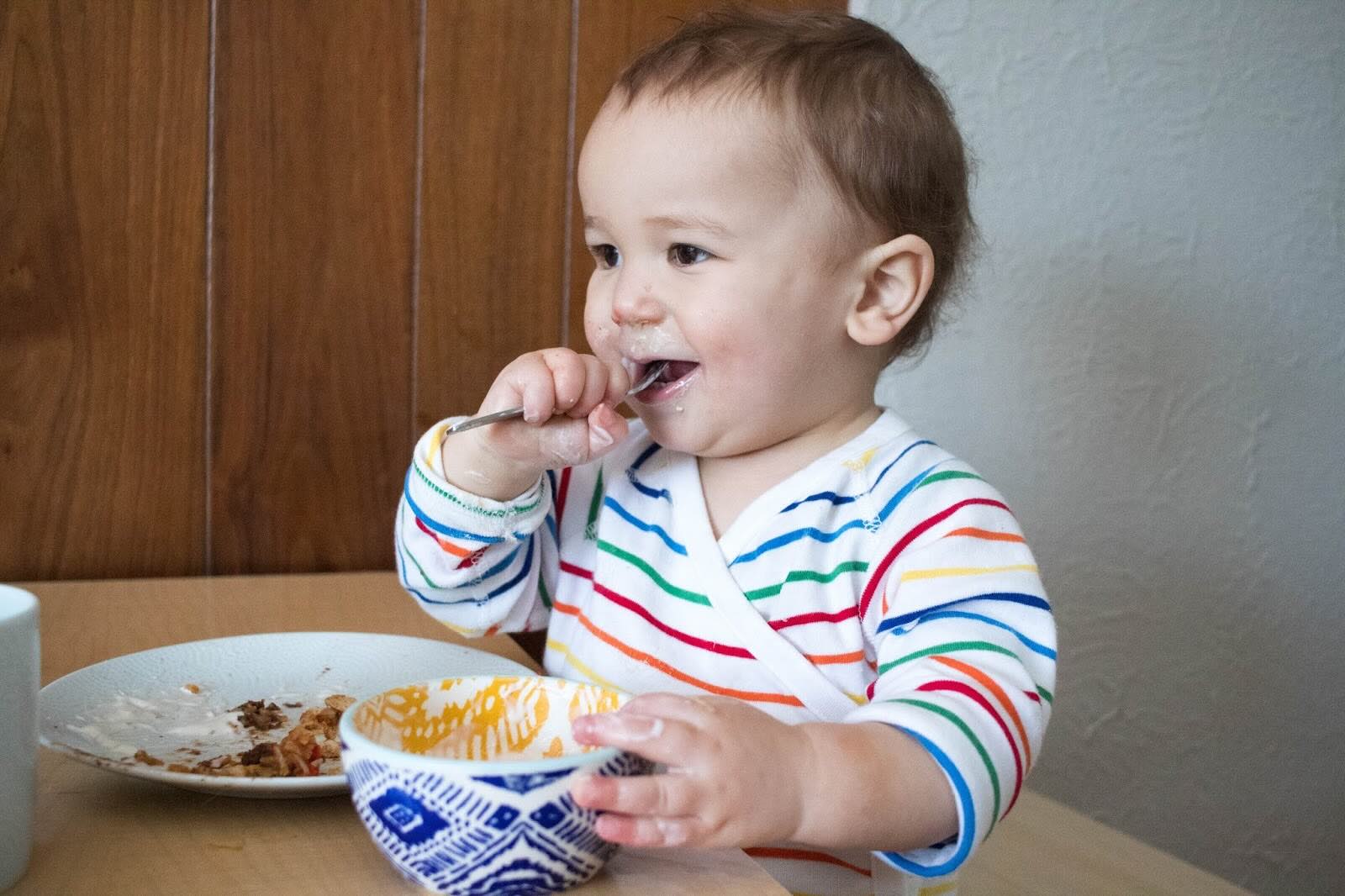
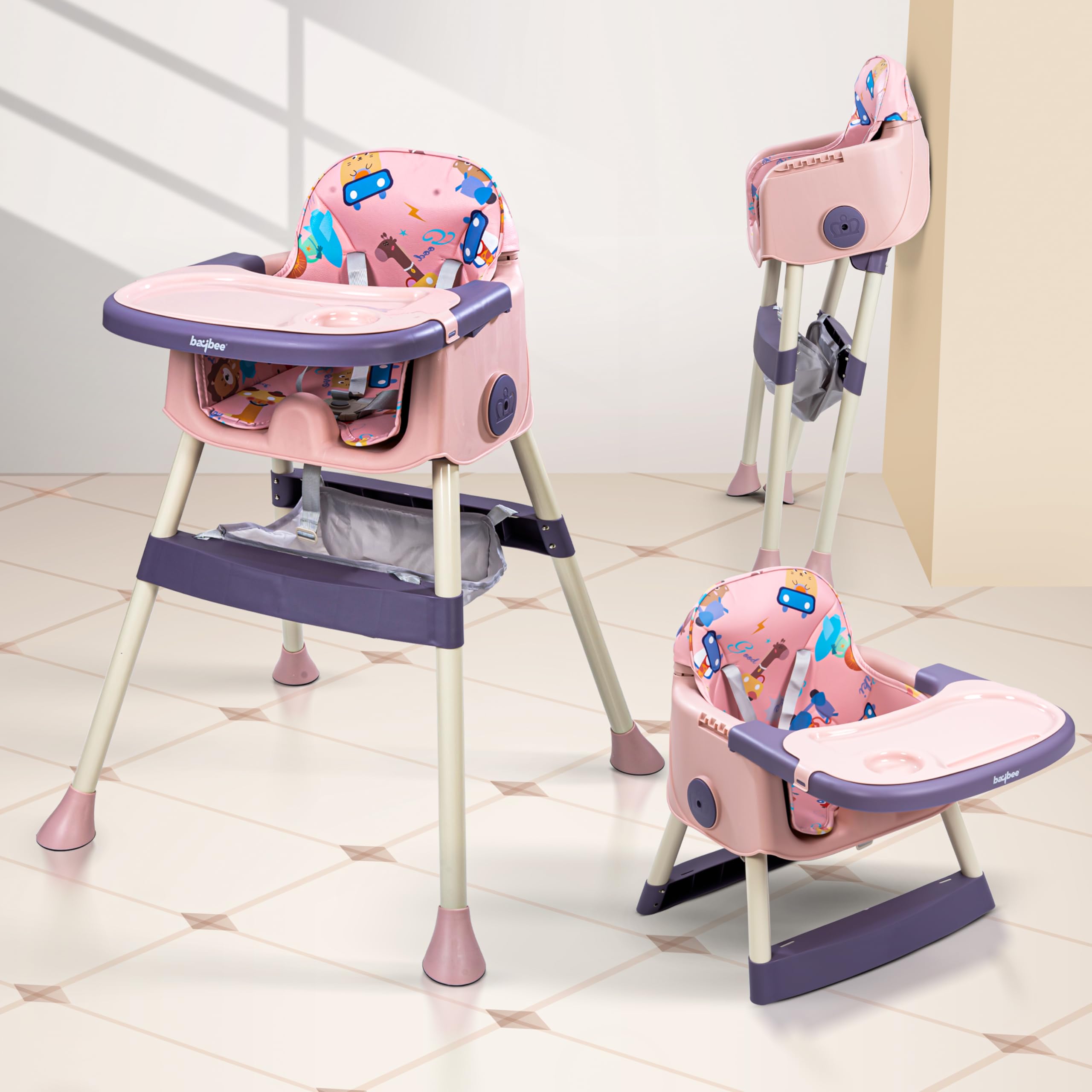
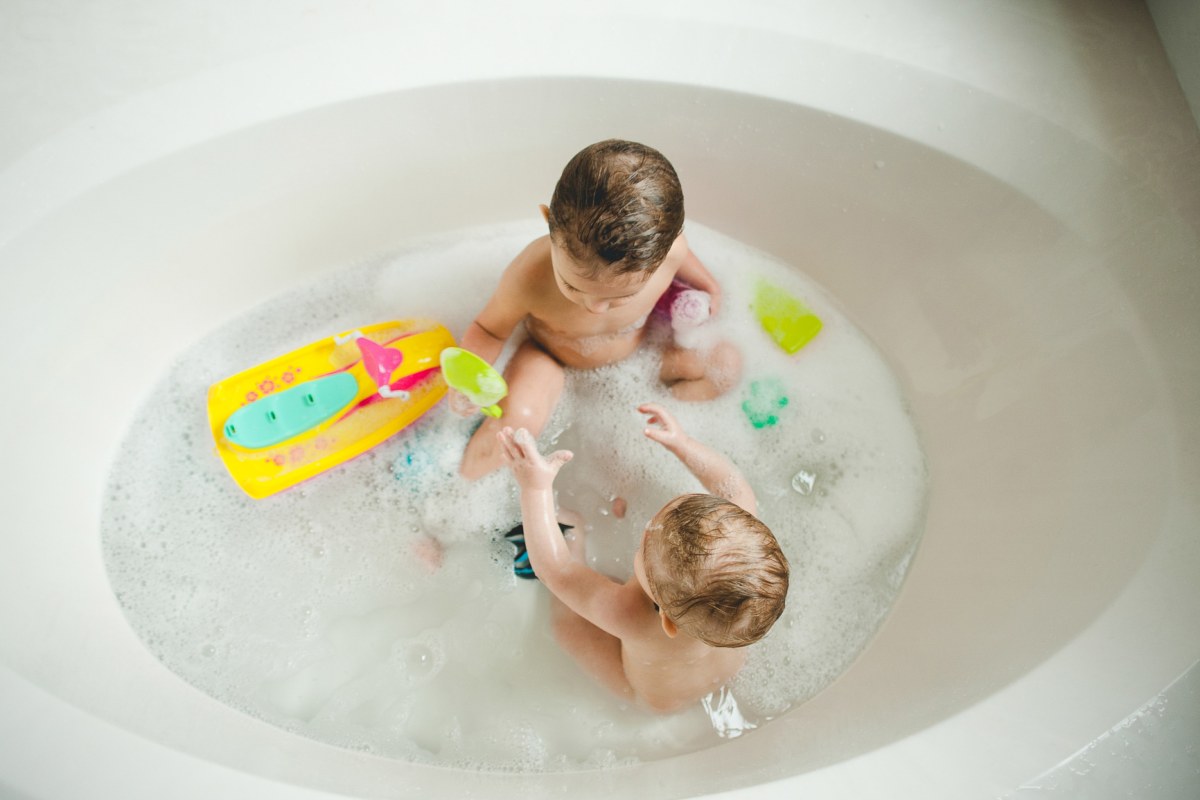
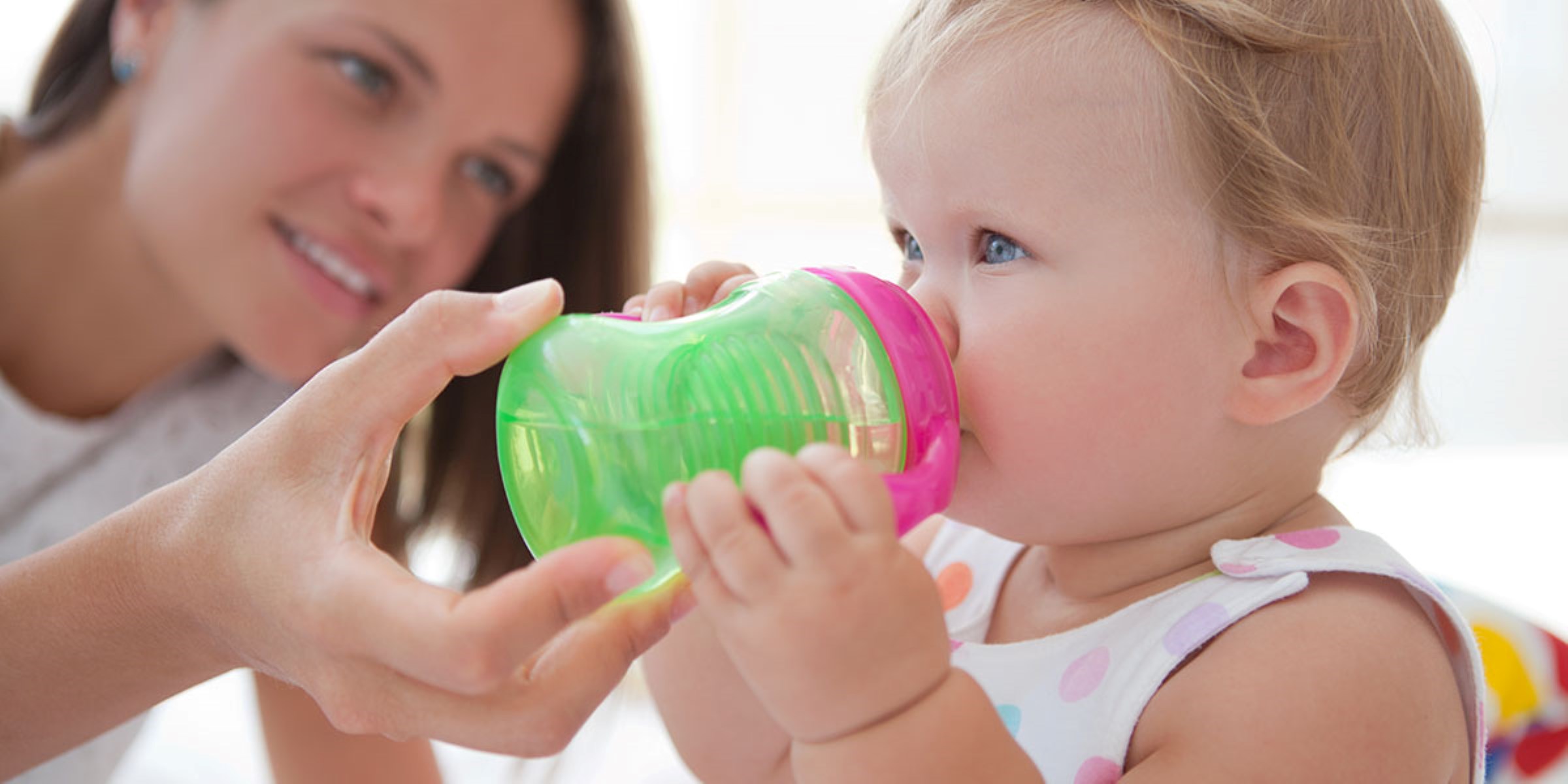
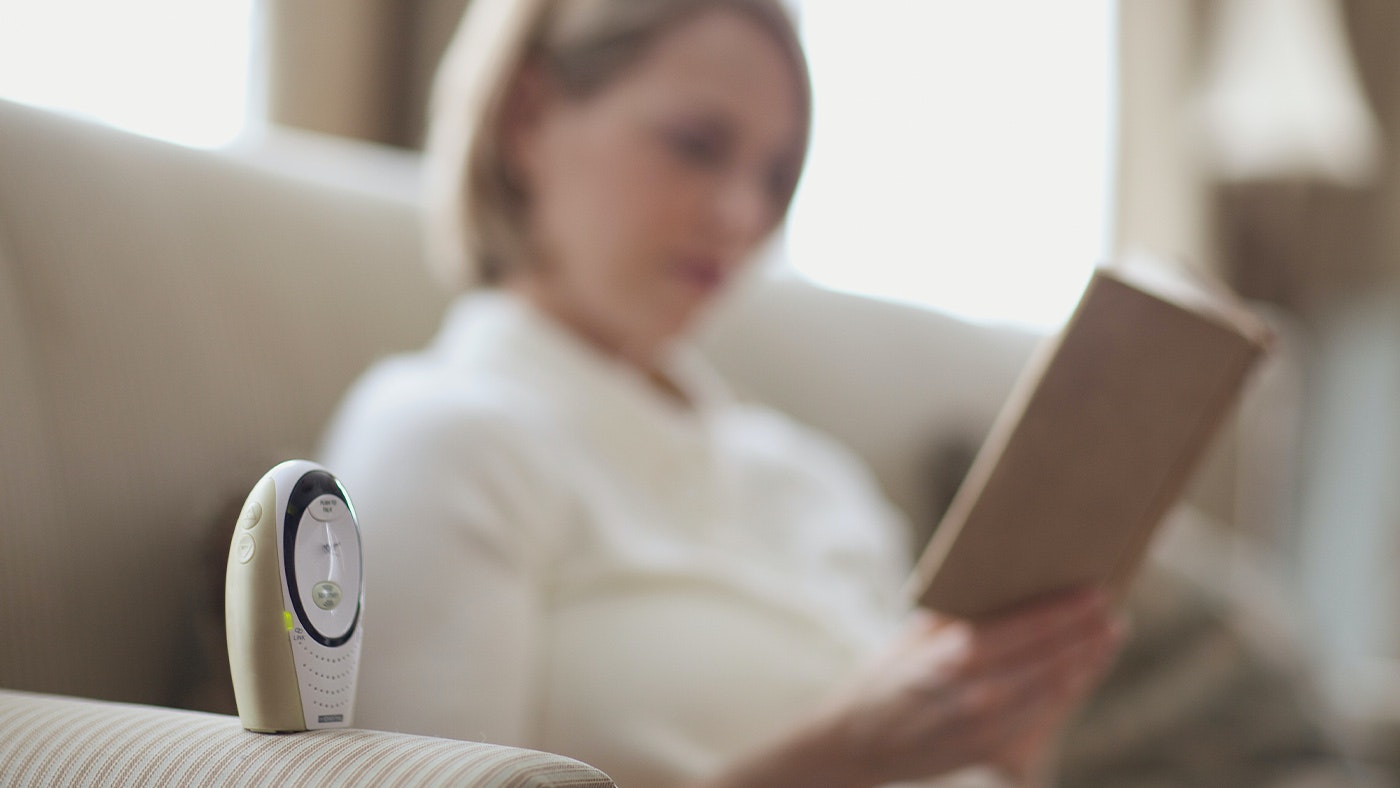
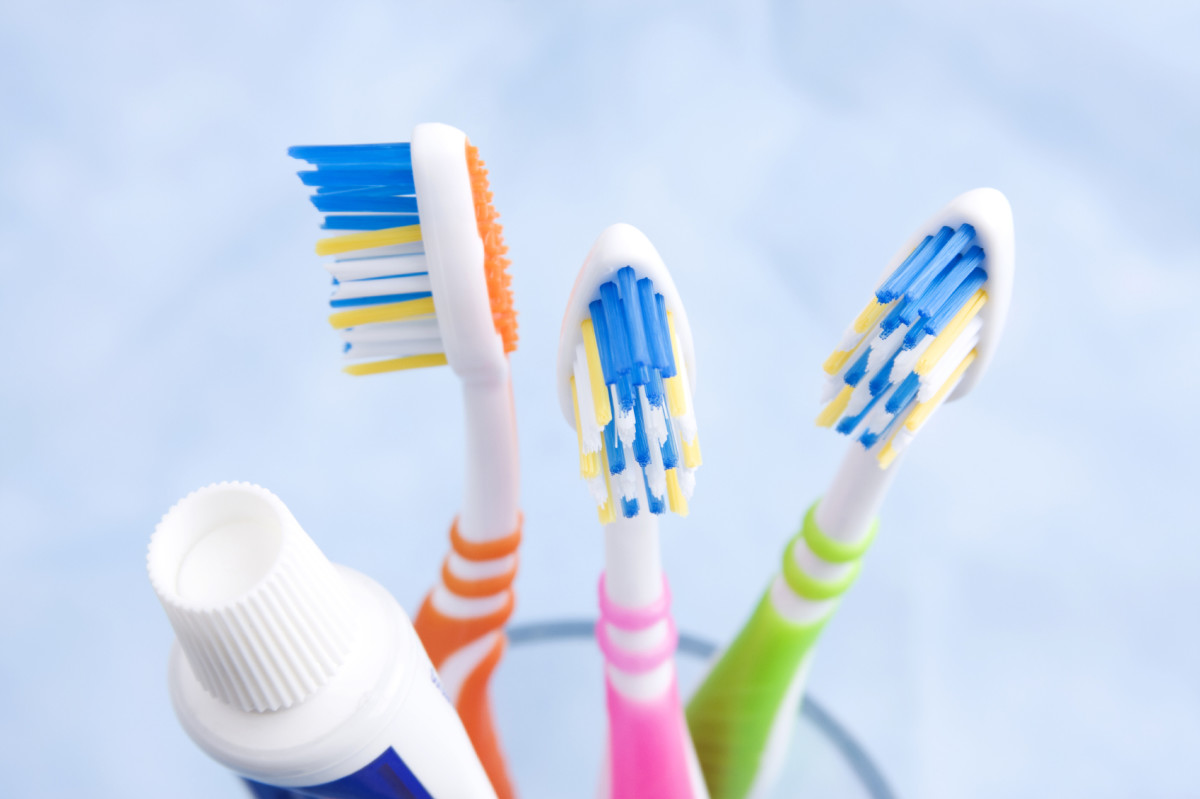
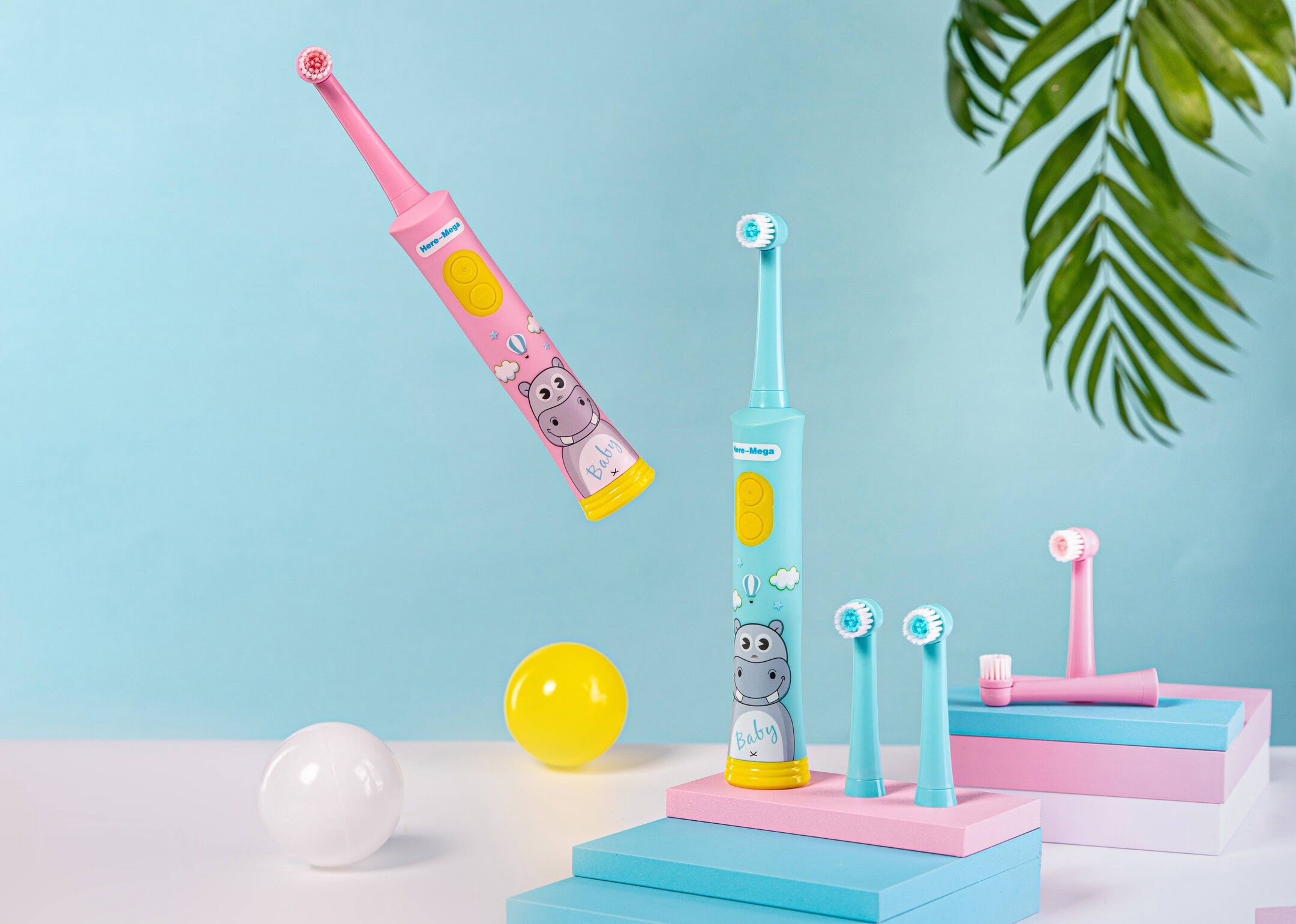
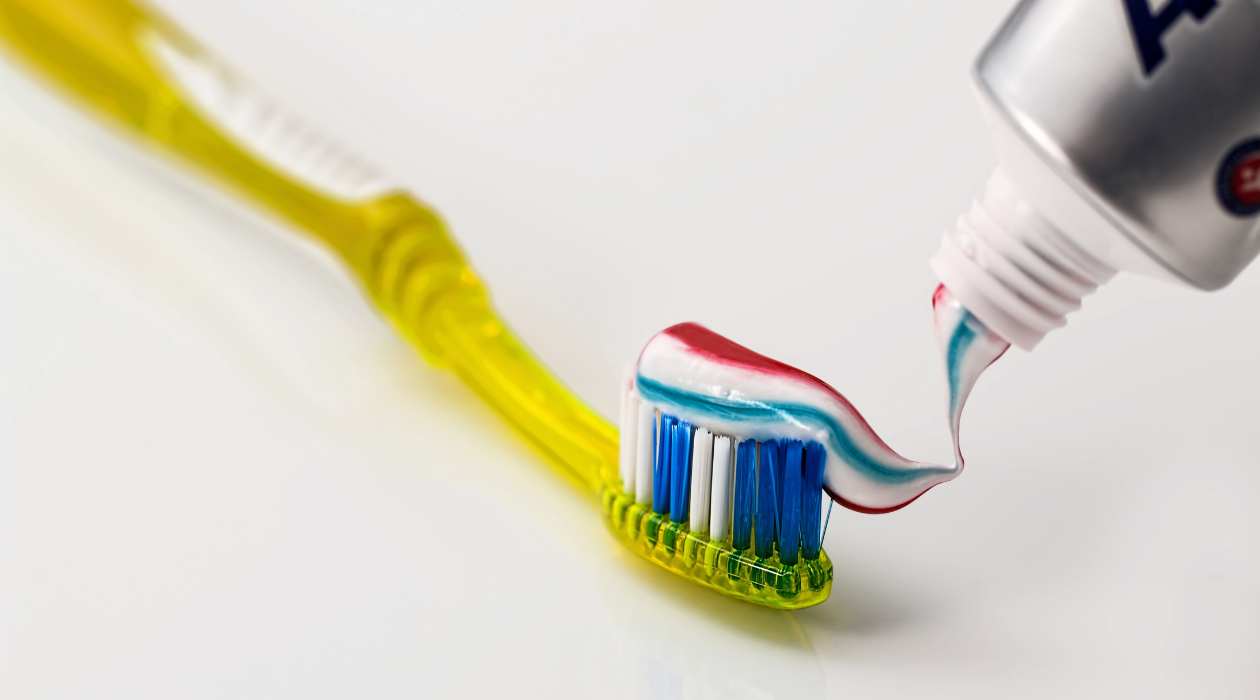
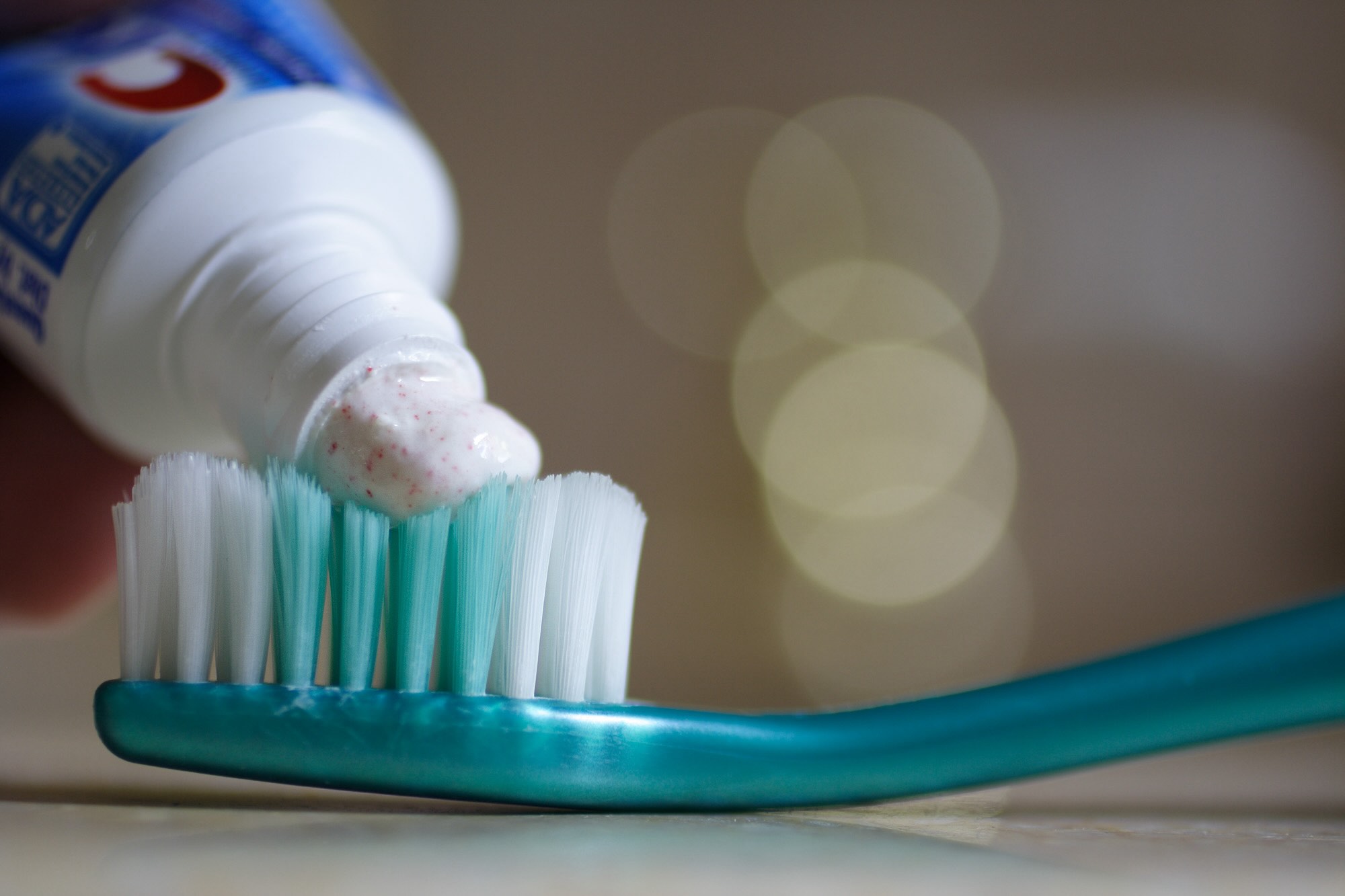
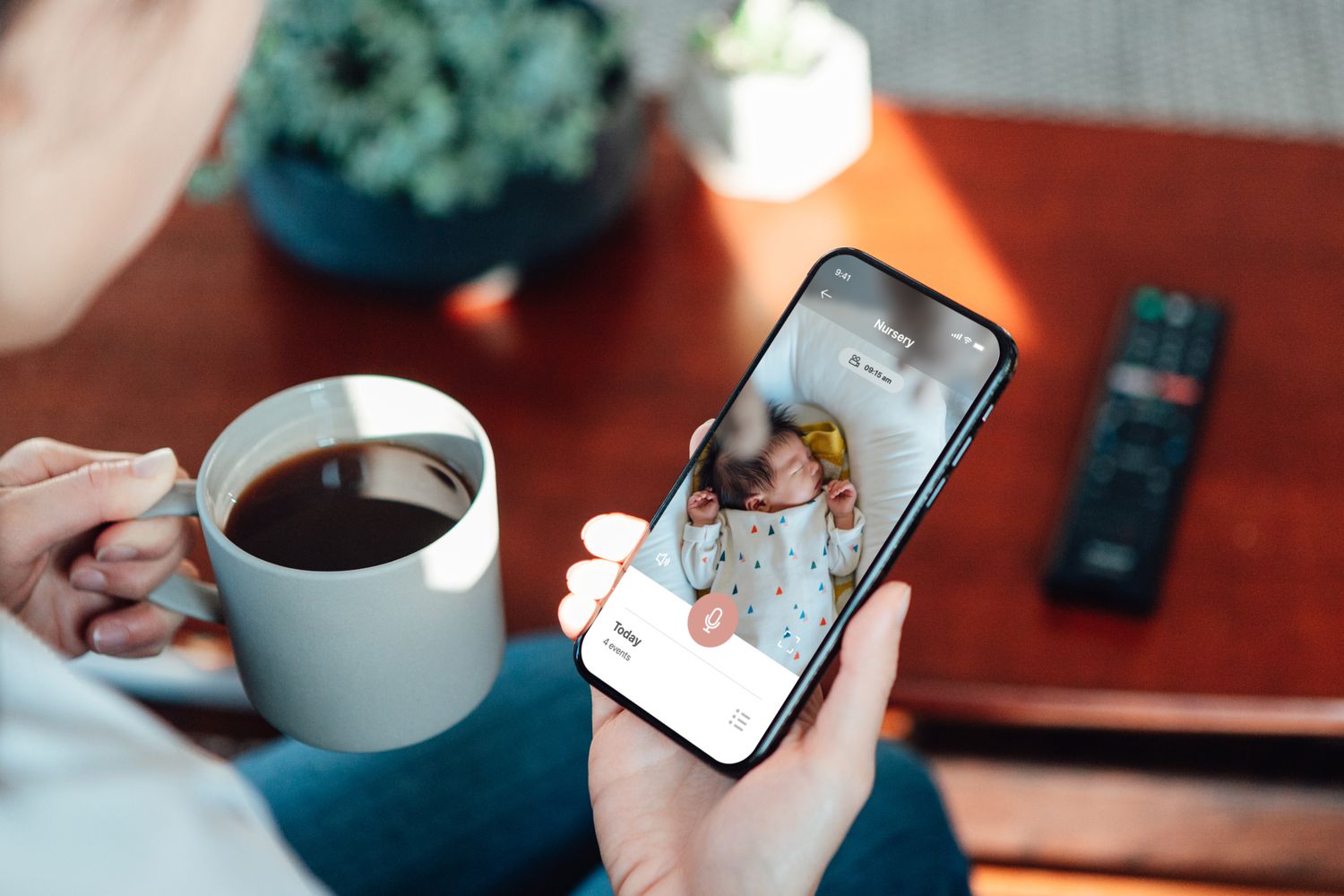
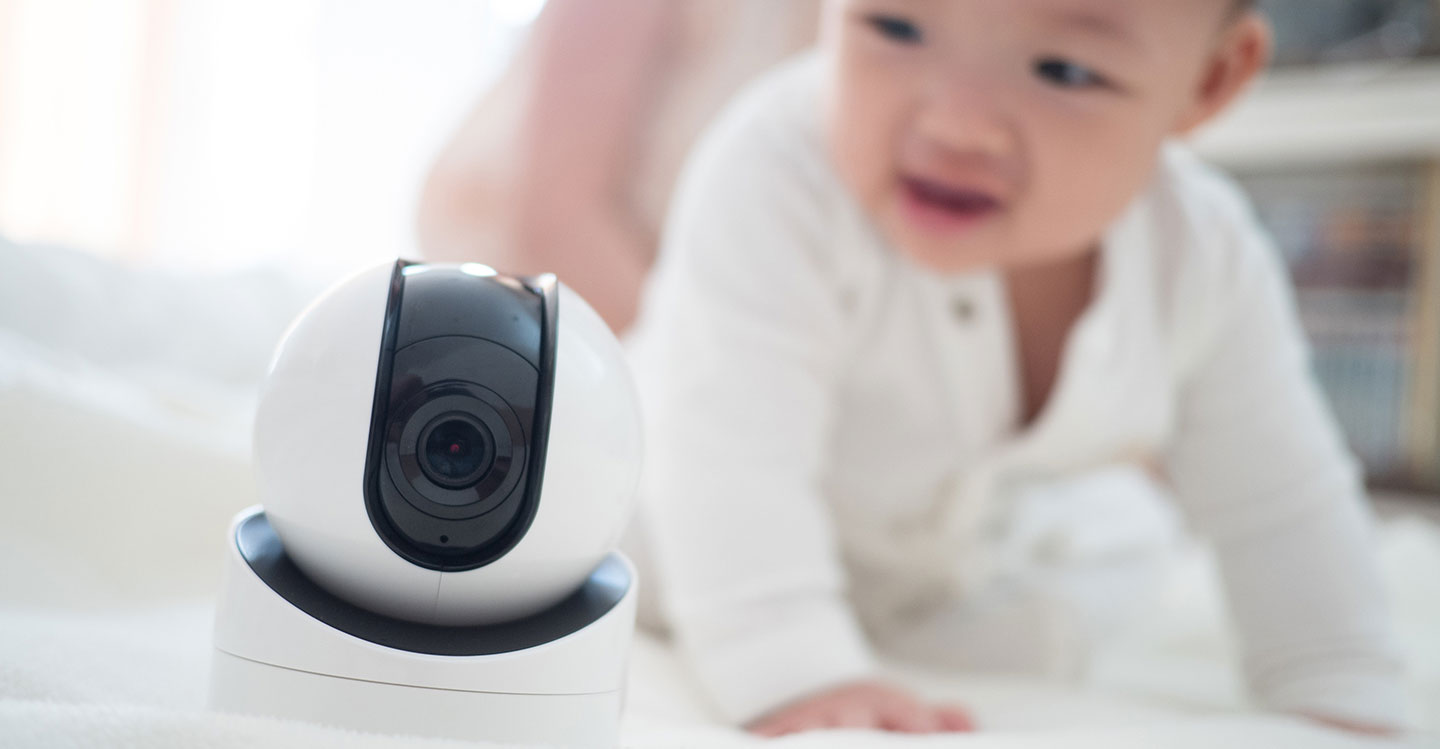
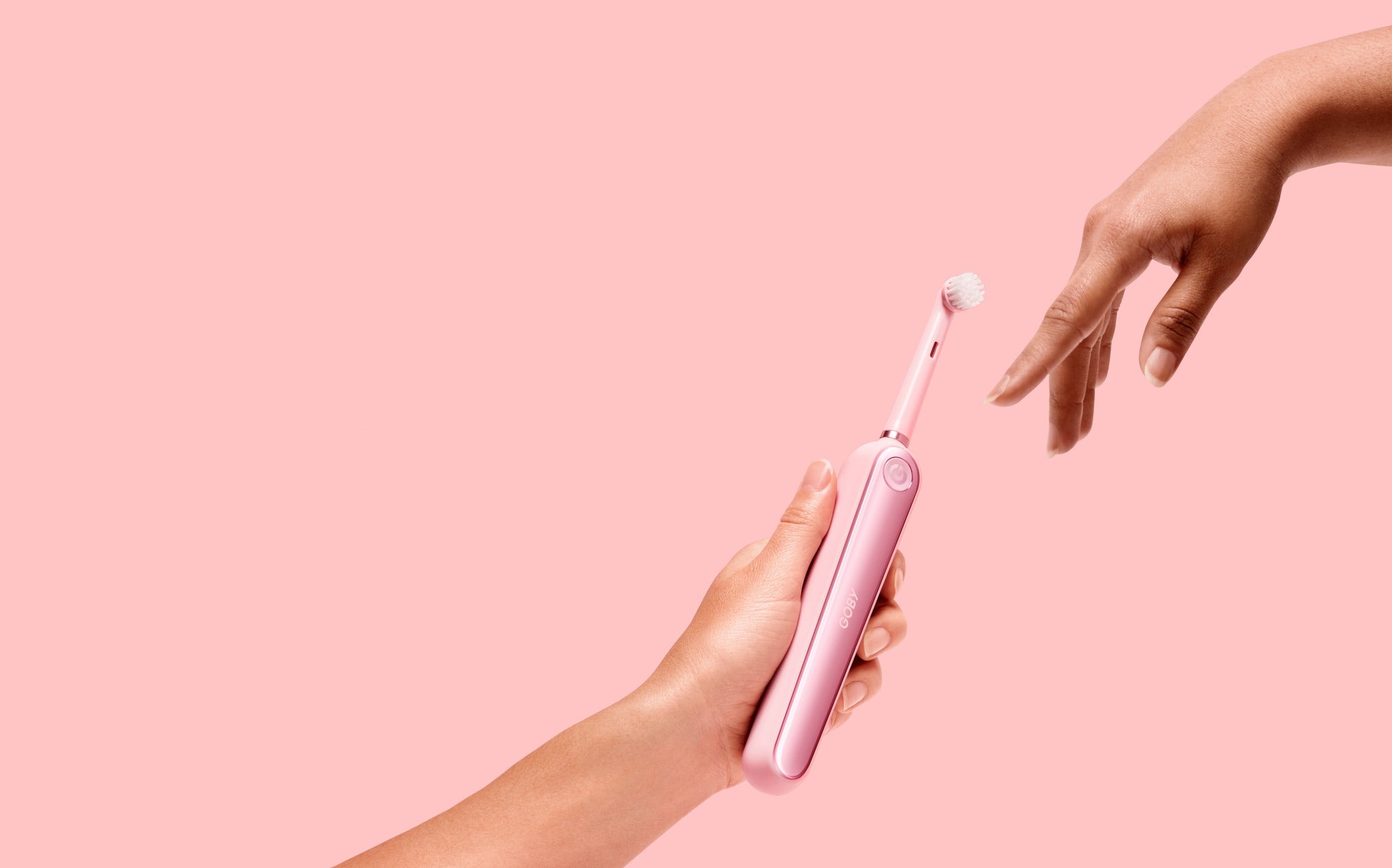

0 thoughts on “When To Use A Finger Toothbrush For Babies”